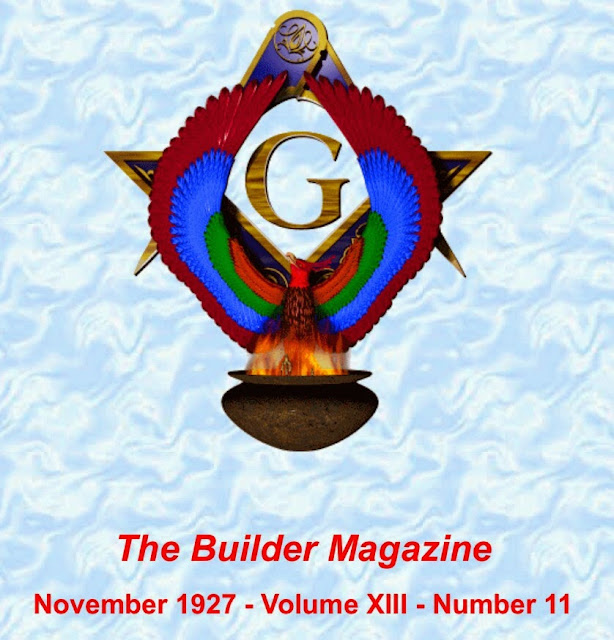(Washington was also a Mason, and a Cincinnatian...)
[emphasis added]
"...INDIAN ATTACKS
All was remarkably quiet and peaceful for a year or more following settlement. Then with the movement of many of the pioneers to points far out in the wilderness, where they built their homes or else stockade stations that housed several families, the savages rose in all fury and began a war of cruelty and bloodshed which lasted for five years. Cabins were plundered and stations attacked, cattle and horses run off, scores of the settlers slain and scalped and numbers taken prisoner, until the less stout-hearted fled in terror to bhe safety of eastern homes or to large towns in Kentucky. A reprisal raid by General Harmar in 1790 was without much effect and the enemy harrassed the settlements with greater vigor than before.
One of the stations attacked was that of John Dunlap, the first afflliated member of N.C. Harmony Lodge, its handful of defenders withstanding for two days the onslaught of several hundred yelling demons under Blue Jacket and the infamous renegade white, Simon Girty. This fight, in January, 1791, was the fiercest and longest sustained in the history of Indian warfare in Hamilton county. Together with the numerous hand-to-hand encounters along the border, these were scenes that had long witnessed their counterpart in the "dark and bloody ground" of Kentucky.
THE FOUNDING OF HARMONY LODGE, NO. 2
In the midst of all, but a few months following the fight at Dunlap's station, Masonic brethren on the Purchase petitioned the Grand Lodge of New Jersey for a warrant to form a lodge at Cincinnati, then yet a tiny log village sprawled between Fort Washington and the river. Included among the signers of this petition were the distinguished soldiers, Generals St. Clair and Harmar. That such an attempt was made to erect the Great Lights of Masonry in a wilderness country, with the warwhoop of the savage resounding throughout the Ohio valley, bespeaks a love of the Order, determination and courage of the highest degree, and would almost surpass belief. This is perhaps the only, and certainly the first, instance where the formation of a Masonic lodge was attempted in the West, or anywhere, under similar conditions and circumstances.
The second expedition against the Indians was that led by Colonel James Wilkinson, an early member of the lodge. This occurred in the summer of 1791, and while far more successful than Harmar's, the enemy continued unabated their murderous attacks and forays along the border..."
"...THE PROBLEM OF INSTALLATION
Installation of officers on Jan. 7, 1795, found the lodge faced with the embarrassment of having no spare brother qualified to act as installing officer. Fortunately, however, the difficulty was bridged by the timely appearance in the meeting of Captain Isaac Guyon, commander of Fort Washington and Master of the Army Lodge. With his able assistance and that of Bros. Wallen and Allen, who were Past Masters of lodges in northern Ireland, the ceremonies were satisfactorily performed.
How the brethren managed without the services of a Tiler in their first days is not known. It was not until the initial stated communication on Jan. 21, that another member was secured and made to assume this undoubtedly cold and lonely post. This was through the admission of John Dunlap, of Ireland, a redoubtable surveyor, at whose station had occurred the desperate fight with the Indians in 1791.
On this same night the first petition was received. This was signed by Captain Ephraim Kibby, veteran of the Revolution and noted scout and Indian fighter of the early West, who won especial fame as leader of Wayne's "Forty Famous Scouts." This band was recruited from among the best Indian fighters of Ohio and Kentucky and rendered valuable service to the American army on its march to victorious Fallen Timbers..."
